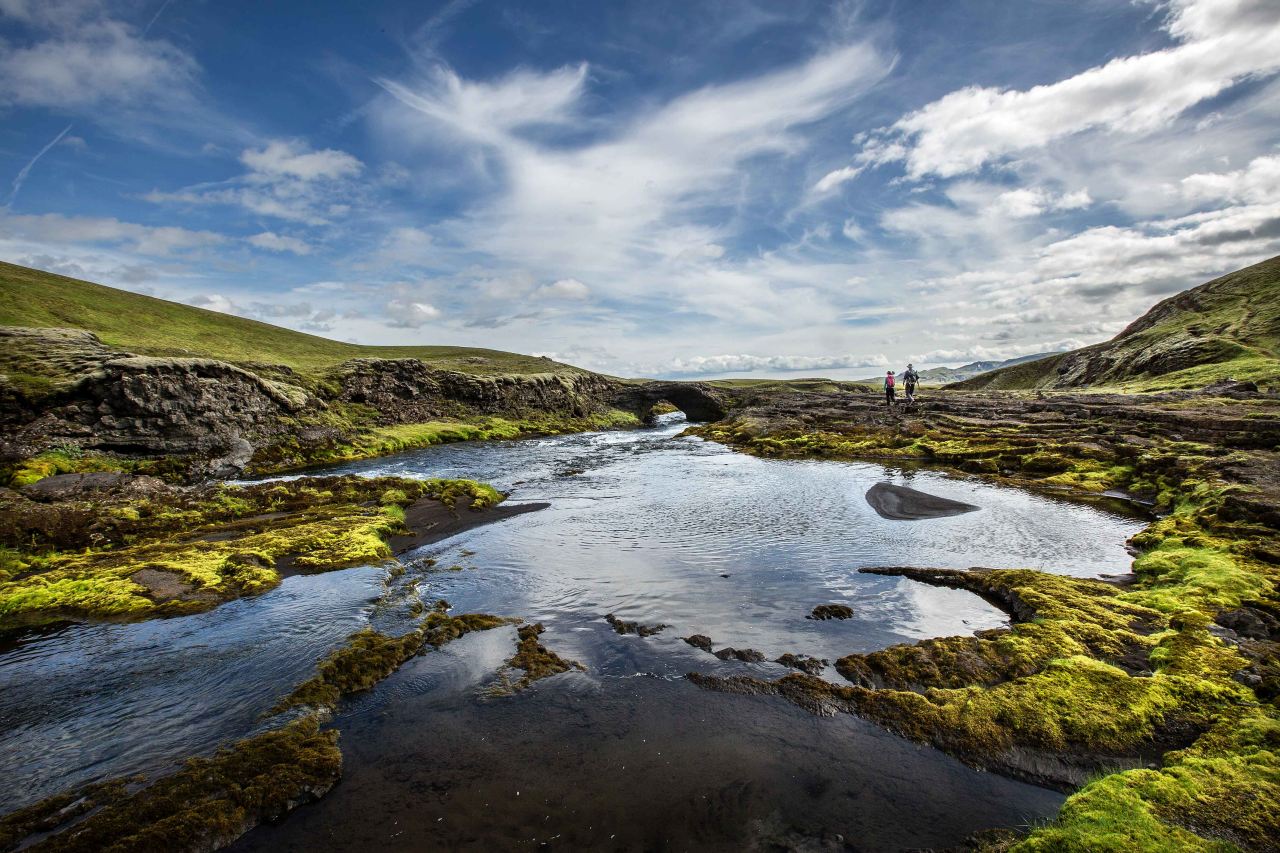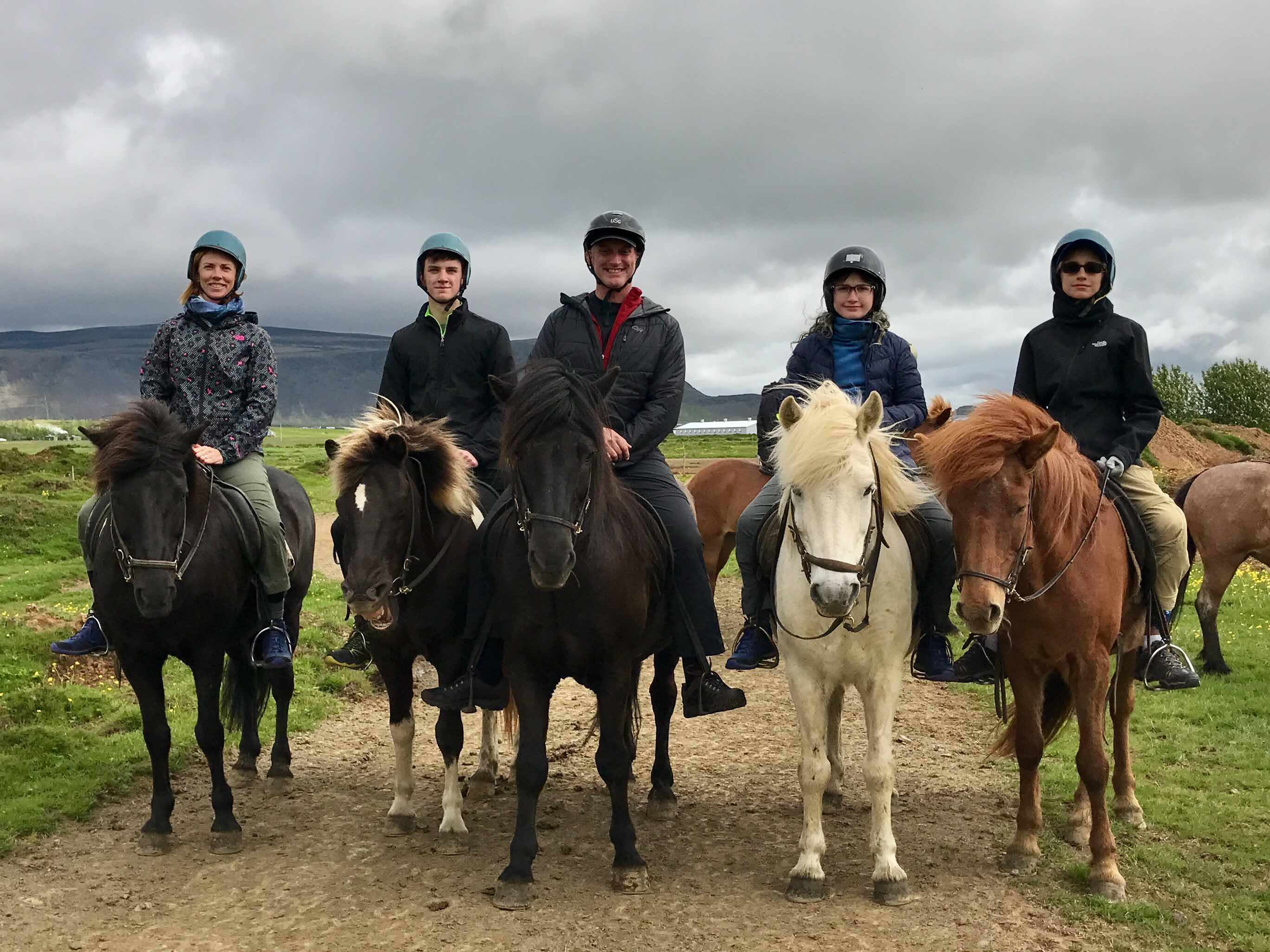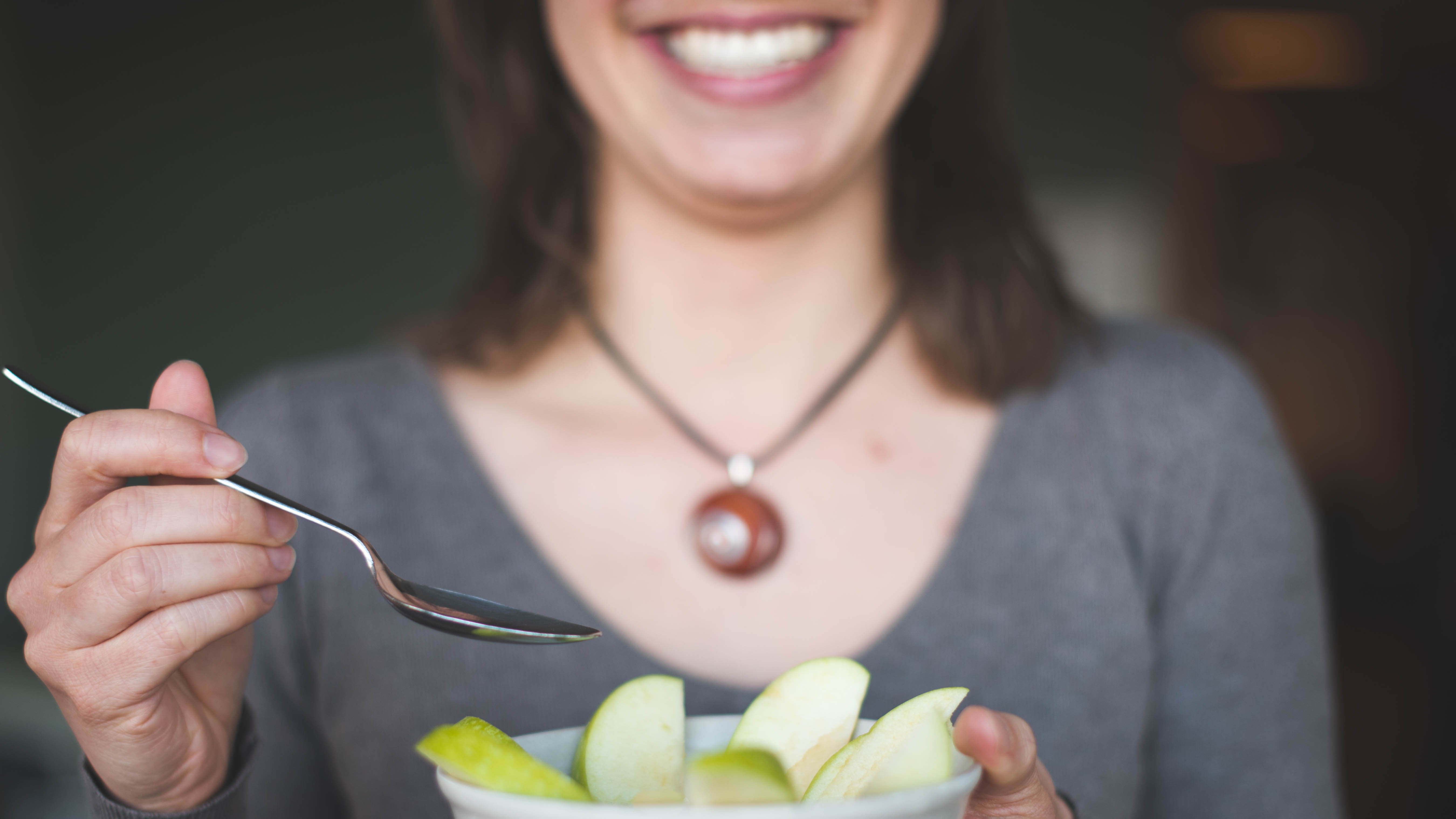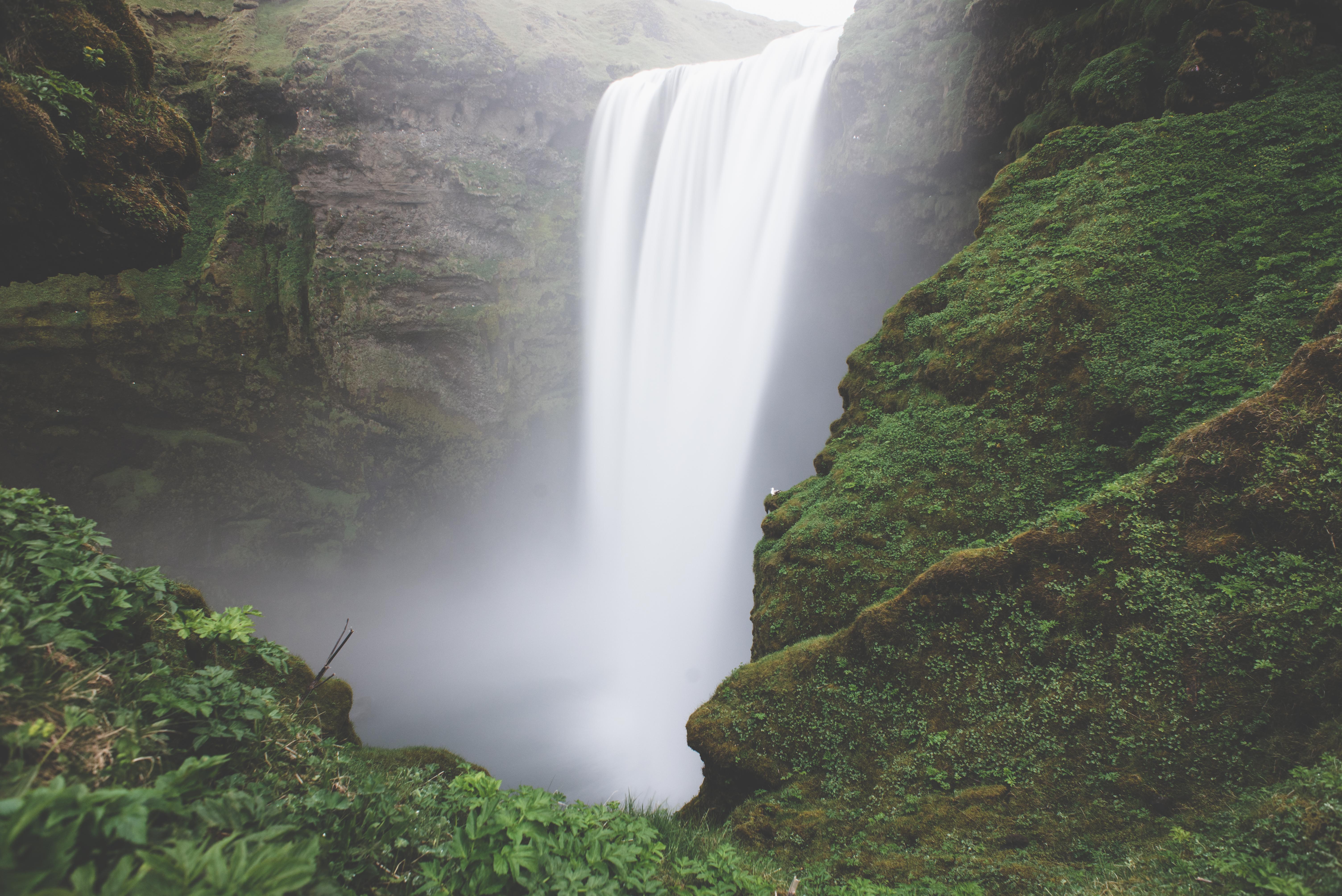Interview with Master Craftswoman Hélène Magnusson
Most people who are even slightly familiar with Iceland know that knitting is a big deal. Even still, the popularity of knitting in Iceland has ebbed and flowed, but currently it is stronger and more popular than ever before.
Hélène Magnusson is in part responsible for this resurgence. Part knitter, part hiker and part anthropologist, she has set about documenting and researching the old Icelandic knitting patterns and techniques, learning them herself and passing these skills on to her clients and through writing about them. We think she is so great, that she deserves her own feature!
Who are you?
My name is Hélène Magnusson, I am French, and I have lived in Iceland for more than 20 years.
You speak Icelandic?
Yes, fluently. I went to a farm in the north to learn Icelandic. Anywhere where they don’t speak any english.
How long did you spend on the farm?
1.5/2 months. When you don’t have any choice, you speak to survive.
The knitting seems to be a nice combination; there are farmers, friends, nature, hiking and knitting. We always meet with some people, and we always have something to talk about. This was the niche. So these were the first ever hiking and kitting tours in Iceland.
Then it became very popular. People started to physically training, in order to be in good health for the hiking element of the tours. People who have never really hiked are now preparing themselves. Some of them get back to me and say: “I have lost 10 kilos” just to get ready for your tours.
How do you find the balance between hiking and knitting? Because if you are knitting, you can’t hike, and if you are hiking you can’t knit, right?
Well, I do. I can hike and knit at the same time! This is what people were doing in the old times. There was no time to lose, so people were walking to their farms, with fields to attend, whatever, they would have some socks that they were knitting on their way.
I do it because it’s fun, but it does depend on the weather. I usually plan the tours so that there is a good share of hiking, and a good share of knitting. When it’s knitting, it’s a knitting workshop (they can come as beginners, but they have to know the very basics). What I’m teaching is really Icelandic.
There is a very rich knitting tradition in Iceland that goes far beyond the Lopapeysa, so this is what we do. Each tour has a theme and we explore a different tradition. For example the shoe inserts, there is a special technique, unique to Iceland, with specific motifs depending on the region. This is something we look into on one of the tours.
How many different knitting traditions are there in Iceland? Has it been counted and documented?
Lots, I can’t even count off the top of my head. But this is one of the things that I do. I am writing books, and one of them gives an overview of the Icelandic knitting traditions in the 18th and 19th century. It was published by an American publisher; it became very popular and has been translated into many languages. The book helped to spread knowledge about the Icelandic knitting tradition. I was careful to choose images of Iceland to be placed in the book, pictures of the inspiring landscape.
What’s the deal with the Icelandic Lopapeysa?
The Lopapeysa was created in the 1950s as a tourist product. The lopi itself is just unspun wool. Of course, you would usually spin the woolI. However, in the 1930s, there was an experiment and it was written about. Little by little, it became popular to knit sweaters from the lopi, the unseen wool. This is because it was faster to work with lopi, which also made it more affordable. A lopapeysa can be knitted in two days, which is much faster than if the wool was spun.
Other Nordic countries also have sweaters which are similar to the lopapeysa, there is also a Shetland sweater. There was kind of a fashion of the yolk sweaters, because they are easy.
What made the lopi sweater different from many others at the time was that it was entirely hand-knitted, whereas there were partly hand knitted.
Before lopapaysas, what were people wearing to stay warm?
All kinds of things! Shawls were very popular that you would drape over the body. This also allowed the shawl to be visible, so you could show off your knitting skills to your friends and family!
Where doe the inspiration for the motifs come from?
Many of the designs come from Icelandic nature, and old knitting patterns which were copied and used again and again. And then then people started to want traditional sheep colours, and the lopi sweater was the one with the most traditional colours. In 50 years, it will be more than 100 years old, and this in itself makes it a tradition, albeit a relatively recent one.
This is my motto: what does tradition mean? Everything that we have, everything that does come from the past was created by somebody, and there have been lots of other variations.
Many people try to give tradition a new life, so it continues to evolve, where the original idea itself was new at one stage. If you continue with the same thing, people just stop doing it. Part of the knitting tours is trying to get people to knit again. Nothing is static, but if it does become static then it dies. Pretty ironic, don’t you think?
I like to do a lot of research, figure out exactly how a particular item has been historically knitted, and put it down on paper, written so it doesn’t get lost.
So actually this is a kind an anthropological exercise?
Yes, I suppose it is. My law background gave me some good researching skills. The women who come on my tours are also interested in the history of knitting patterns as well, and in this way the people who come on my tours also learn about the knitting traditions in Iceland.
What’s your favourite tour to lead? What do you enjoy the most?
The more hiking, the more liking. Simple as that.
Do you try and teach people to hike and knit, as you do?
Some of them give it a try, but it depends what you are knitting. Usually, I don’t need to look at what I am knitting, and when I look, I look down at my feet so its ok. This works better with small things, because if it is too heavy it is too hard to carry.
How would the Icelanders keep their hand warm while they were knitting?
They would have wrist warmers which went all the way up the wrist and forearm, with exposed fingers so that they were able to complete the work.
What do people keep coming back for?
It depends on who the person is. I get a variety of age groups, and different people who are willing to be more or less active. I also try to have different levels of hiking. There are some tours where they have to be good: like on Fimmvörðuháls for example, which is a difficult hike. Even here though, there are options such as taking a car part of the way. I’m trying to have different levels of hiking on the tours. Sometimes I have choices about where we can go.
We often include the first and the last night in Reykjavik in most tours. There is a great range of ages, mostly women but ranging all the way from a young age all the way though to much older.
Each tour is different, so there is always a different experience; It’s never the same part of the country, it’s never the same knitting technique, it’s never the same people, so there is a lot to gain out of coming on multiple tours.
When some one comes on your knitting tours, what do you want them to have come away with?
I want them to have new knitting skills, traditional knitting skills so that the tradition stays alive.
I want them to be really happy, and I want them to want to come back, take some wool home with them, sustain the Icelandic wool market for the quality yarns and to develop an appreciation for the things that are made here.
Thank you Hélène for a very interesting morning!
It was my pleasure!
Hélène is pretty remarkable, and her knitting tours are run all year: in spring, under the midnight sun and even with the elves up in the remote corners of the East of iceland.
Enjoying the blog? Send me updates!
How's the blog? Enjoying it? If so, we can keep you up to date with the latest info, tips, tricks and travel advice from Iceland Rovers. You’ll get a monthly newsletter with a nice little roundup of the posts that we have put out. And that's all.







